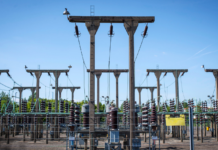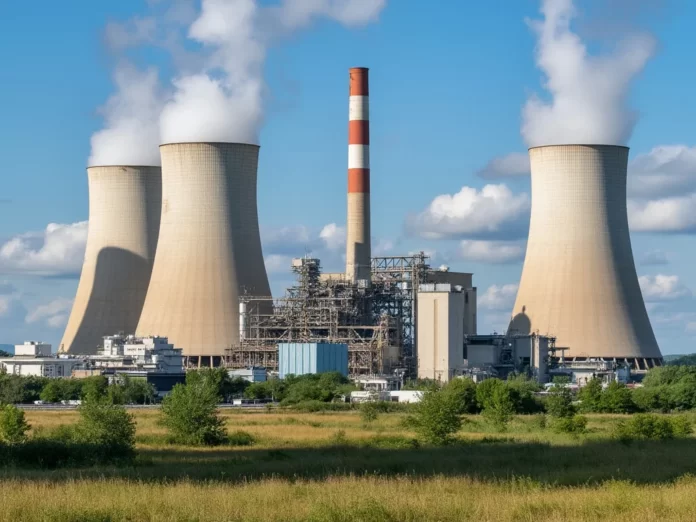Pakistan’s power generation saw a 5% increase in March compared to the same month last year, mainly due to a sharp rise in electricity produced from local coal. The total generation reached 8,409 GWh, up from 8,023 GWh in March 2024.
This marked a 21% increase from the 6,945 GWh recorded in February of the same year.
However, despite the March growth, overall power generation for the first nine months of the fiscal year declined by 2%, falling to 90,147 GWh from 92,340 GWh during the same period last year.
March witnessed a significant year-on-year rise in power generation from local coal, which surged by 62%. Wind power generation also rose by 23%, while solar power output saw a 9% increase.
In contrast, hydel power generation suffered a sharp decline of 41% due to lower water inflows in reservoirs, a result of below-average rainfall. Over the nine-month period, generation from imported coal grew by 46%, and solar power output increased by 26%.
The cost of electricity generation in March climbed by 14%, reaching Rs9.46 per unit, up from Rs8.31 per unit in the same month last year. This increase in generation costs was primarily attributed to the higher use of furnace oil and RLNG (Regasified Liquefied Natural Gas) in power production.
On a month-on-month basis, the generation cost saw a 25% increase compared to February. However, for the first nine months of FY2024, the average cost of generation decreased slightly by 1%, to Rs8.65 per unit, down from Rs8.75 per unit during the same period last year.
In terms of the contribution from different power sources, hydel remained the largest contributor to power generation in March, accounting for 27.6% of the total generation.
This was followed by nuclear power, contributing 25.8%, and RLNG, which made up 20.7%.
Over the first nine months of the fiscal year, hydel power accounted for 30.4% of total generation, with nuclear and RLNG contributing 19.1% and 17.4%, respectively. Local coal contributed 12.4% of total generation during the same period.























